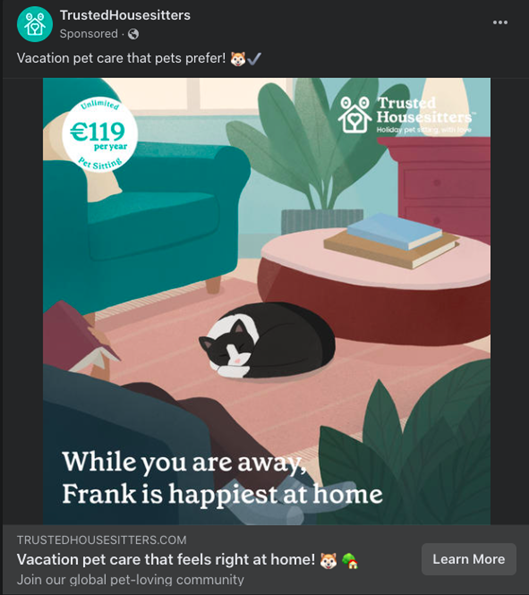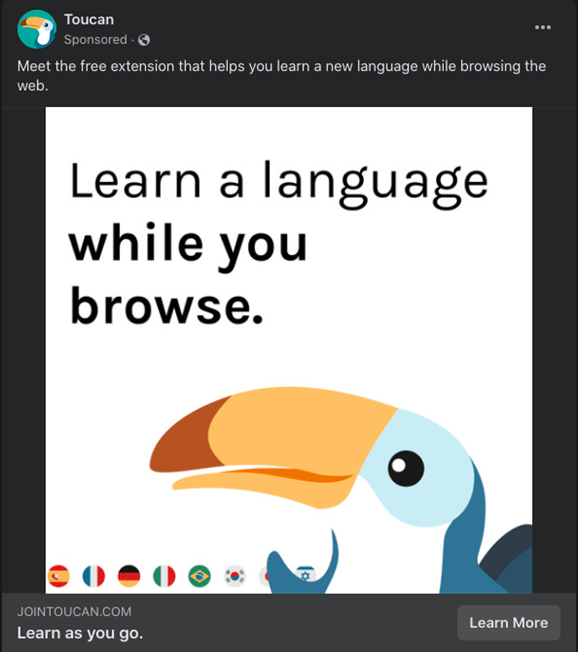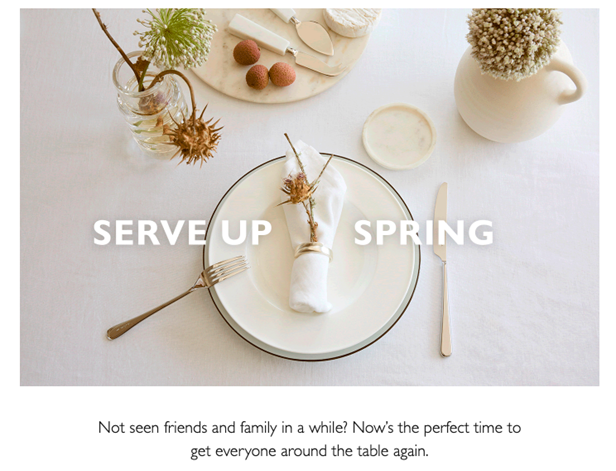Your customer base is not homogenous. It is made up of a myriad of complex individuals, each with unique backgrounds, and their own internal motivators. Targeted communication is about appealing to a specific subset of your audience.
There are many ways to segment your audience, whether it’s through their demographics, their location, their online behaviour, etc. We focus on a comparatively new, emerging segmentation method that strikes at the heart of what makes us human – psychographics.
Psychographic segmentation divides your audience by more meaningful indicators such as their values and the way they receive and process information. Using AI, we dissect excerpts of text to define key personality traits and communication styles and give accurate, actionable insights for targeted communication.
Optimise your communications strategy by refining your messaging to appeal directly to different subsets of your audience.
Targeted Communication Use Cases
Advertisements – The most common example of targeted communication is advertising on Google and social media. Facebook and Google make it easy to target customers through their online behaviours such as their likes, visits to your website etc.
Email marketing – Email is a very personal form of communication. If people regularly receive unwanted emails, your next destination is the dreaded spam folder. Targeted email marketing helps to improve your reengage inactive users and boost your click-through rate.
Live chat – Use our AI technology to create more empathetic chatbots capable of recognising tone, emotionality and sentiment in customer communication and responding accordingly.
Give your customer service agents insight into customer psychographics so that they can formulate the best response to keep customers satisfied and loyal to your company.
Internal comms – So far, we’ve looked at customer-facing applications, but targeted communication is also relevant in the workplace. Targeted internal communication prevents employees from getting bogged down by irrelevant information and boost engagement by appealing directly to them.
How to Target Your Communications by Personality Type with Examples
Openness to experience
Open people tend to be more capable of thinking in abstract terms. They’re intellectually curious, appreciate art, are more creative and more likely to seek novelty.
People who score low on openness to experience value tradition and convention, and are more risk averse in their decision-making.
Example:
Let’s compare these two email subject headers from Fiverr:
High openness:
“Be the first to try subscriptions”
Appeals to personality types more prone to seeking novelty (high openness, high extraversion)
Low openness:
“Don’t be the one who misses this”
Appeals to a personality type that follows convention, as though you’ll be the only “one” missing out on the opportunity.
Extraversion
Extraverted people feel energised through social interactions. They are often charaterised as spontaneous, outgoing and gregarious. People who score highly in extraversion are comfortable in large groups and enjoy meeting new people.
Introverted people, on the other hand, feel energised by their internal world. They are charaterised as seeking solitude, and prefer socialising in small groups.
Example:
These two email marketing subject lines from online florists, Bloom & Wild appeal to different personality types:
High extraversion:
“Bring on the Easter Weekend - Gifts for whatever you’ve got planned”
Invites social plans with enthusiasm and centres around the social act of gift giving.
Low extraversion:
“Take a breath - Our new spring collection is here”
The second example is more introspective, inviting the reader to focus on their internal experience – something which introverts value.
Emotionality
People with high emotionality make sense of the world through their feelings. They communicate their inner experience and relate to other people’s feeling too.
Example:
These two facebook ads appeal to different audiences.
High Emotionality

Source: Facebook Ad 11.04.2022
In this ad for Trusted Housesitters, the text and imagery evoke feelings of safety and comfort.
The ad uses emotional language: “Frank is happiest at home”; “feels right at home”; “pet-loving community.”
Low emotionality

Source: Facebook Ad 11.04.2022
This ad for the language-learning app Toucan is emotionally neutral. The text and imagery instead focus on conveying facts about the company: what it is, how it works, what languages are included, and the name of the brand.
Self revealing vs fact orientated
People with a self-revealing communication style talk openly about their personal and subjective experiences, while fact-oriented communicators prefer to share facts, data and objective statements.
Example:
These two excerpts are taken from email newsletters from UK department store John Lewis.
Self revealing

Source: John Lewis Newsletter 20.03.2022
The text here invites the reader to reflect on their personal experience “not seen friends and family in a while?”
Fact oriented

Source: John Lewis Newsletter 23.01.2022
This example focusses solely on the facts of their winter sale.
How To Identify Different Personality Types
Symanto has several offerings to help you identify the key psychographic characteristics of your audience.
Symanto Psychographics combines our Personality Trait API with our Communication Style API to bring you key insights into the psychographic makeup your consumer base. Symanto Psychographics uses natural language processing (NLP) to analyse even small text excerpts with a high level of accuracy.
Discover whether your customers are rational or emotional thinkers and uncover communication style preferences (e.g. fact oriented vs self revealing).
Symanto Big Five is based on the widely accepted Big Five personality traits model. With this API, you can measure your customers and employees on: openness, conscientiousness, extraversion, agreeableness and neuroticism.
Get Started with Symanto
Leverage our technologies to create tailored messaging that speaks to your customers as individuals.
To find out more about our ground-breaking technology, get in touch or book a free personalised demonstration.

